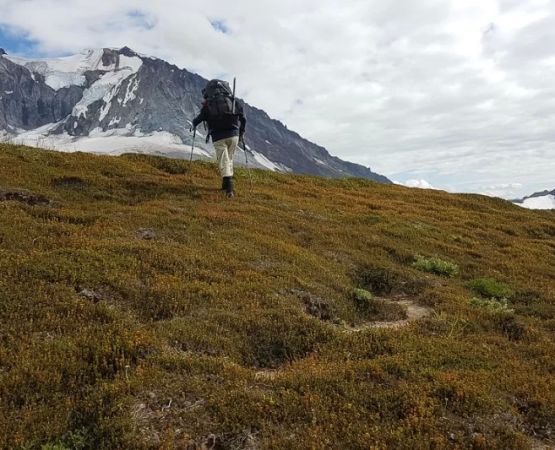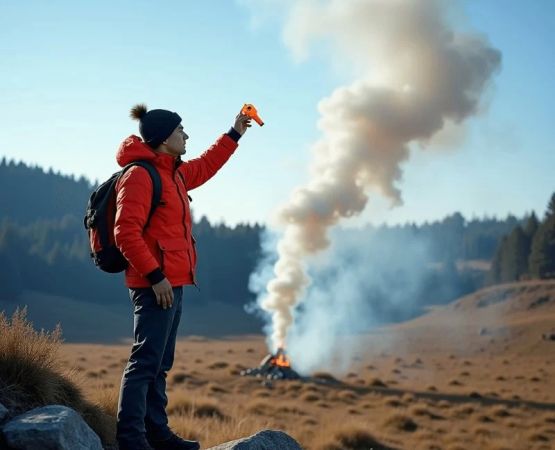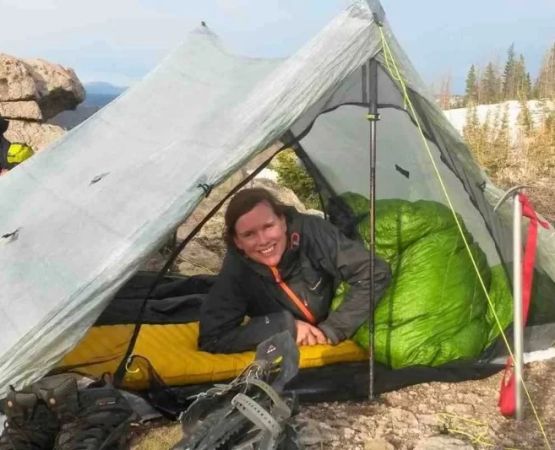- 1-Understanding-Hiking-Backpacks-USA
- 2-Choosing-The-Right-Backpack-For-USA-Trails
- 3-Features-To-Look-For-In-Hiking-Backpacks
- 4-Popular-Hiking-Backpack-Brands-And-Models
- 5-Real-Life-Experience-And-Recommendations
- 6-Where-To-Find-The-Best-Hiking-Backpacks-In-The-USA
1. Understanding Hiking Backpacks in the USA
Hiking in the diverse landscapes of the USA demands gear that can keep up with the journey, and the backpack is the cornerstone of any successful trek. Whether you're tackling the Appalachian Trail, exploring the rugged terrains of the Rocky Mountains, or enjoying a weekend in the Sierra Nevada, the right hiking backpack is essential. These backpacks are designed to balance comfort, capacity, and durability, catering to different hiking styles and trip lengths.
1.1 Why Specialized Hiking Backpacks Matter
A hiking backpack is more than just a container; it’s a vital piece of gear engineered to distribute weight evenly, reduce fatigue, and keep your essentials organized and accessible. Unlike regular backpacks, hiking backpacks offer features such as adjustable suspension systems, ventilation panels, and hydration reservoir compatibility, all tailored to improve your experience on the trail.
1.2 How USA Terrain Influences Backpack Choice
The USA’s vast range of climates and terrains means your backpack must adapt to various conditions. For example, the humid forests of the Southeast require breathable packs, while the arid Southwest calls for water-resistant materials. Understanding these differences helps in selecting a backpack that complements your specific hiking environment.
2. Choosing the Right Backpack for USA Trails
Choosing a hiking backpack isn't a one-size-fits-all decision. It depends heavily on the trail’s length, terrain, weather conditions, and your personal hiking style. Here’s a closer look at what to consider.
2.1 Daypacks vs. Overnight Backpacks
For shorter hikes or day trips, a compact daypack ranging from 15 to 30 liters is ideal. It holds essentials like water, snacks, a first aid kit, and an extra layer. For multi-day trips, backpacks with 40 to 70 liters capacity are recommended to carry sleeping bags, cooking gear, and clothing.
2.2 Fit and Comfort
Backpack fit is critical. It’s important to measure your torso length and waist size accurately to find a pack that distributes weight correctly. Many leading brands provide adjustable suspension systems to fine-tune the fit, which is essential for avoiding back pain and maximizing endurance on long hikes.
3. Features to Look for in Hiking Backpacks
When reviewing hiking backpacks, several features should influence your choice. Understanding these will help you select a backpack that truly supports your hiking needs.
3.1 Frame Type and Support
Internal frames are common in hiking backpacks, offering structure and support while maintaining flexibility. They help stabilize the load, especially important on uneven terrains found in many USA hiking spots. Some backpacks also feature external frames, which excel in heavy load carrying but are less common for trail hiking.
3.2 Ventilation and Comfort
Many backpacks include mesh back panels and air channels to promote airflow and reduce sweat buildup. Given the varied climate conditions across the USA, proper ventilation can make a huge difference during warm-weather hikes.
3.3 Accessibility and Storage
Look for packs with multiple compartments, external pockets, and attachment points for trekking poles or hydration systems. Easy access to gear like maps, snacks, or rain jackets can save time and enhance safety on the trail.
4. Popular Hiking Backpack Brands and Models
The USA market offers a rich variety of hiking backpacks, with brands that have built reputations for quality and innovation. Below are some favorites among outdoor enthusiasts:
4.1 Osprey
Known for exceptional comfort and adjustability, Osprey backpacks are a top choice for many hikers. Models like the Osprey Atmos AG offer anti-gravity suspension systems for superior weight distribution.
4.2 Gregory
Gregory packs emphasize ergonomic designs with an emphasis on fit and durability, ideal for long-distance trekking.
4.3 Deuter
Offering excellent ventilation and sturdy construction, Deuter is favored for hiking in warmer climates and rugged terrain.
5. Real-Life Experience and Recommendations
Consider the story of Sarah, an avid hiker from Colorado, who embarked on a 5-day trip along the Colorado Trail. She found that her choice of a 65-liter backpack with an adjustable torso and a built-in hydration reservoir made all the difference in maintaining comfort and energy levels throughout her trek. Sarah recommends investing in a quality backpack that fits well and offers adequate support to prevent injuries and fatigue.
Similarly, an online community of hikers often shares detailed reviews and practical tips, helping newcomers avoid common pitfalls like choosing packs that are too large or lack essential features. These firsthand accounts provide valuable insight beyond product specs.
6. Where to Find the Best Hiking Backpacks in the USA
If you are looking to purchase the best hiking backpack suited to your needs, visiting specialized retailers can provide personalized advice and a chance to try different models. One excellent resource is Pine Cliff Resort, where you can explore a curated selection of hiking backpacks tailored for various terrains and trip lengths in the USA. Their expert staff offers guidance based on your specific hiking plans, ensuring you find a backpack that enhances your outdoor experience.
In summary, finding the perfect hiking backpack involves understanding your hiking style, the terrain you will encounter, and the features that will best support your journey. With the right knowledge and recommendations, your next adventure across the breathtaking trails of the USA will be comfortable, safe, and unforgettable.






